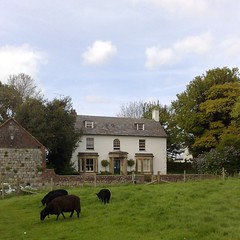The Grand Wealth of the Vatican Museums!
It all started with the Apollo and then came the Laocoon, which was discovered on Esquiline Hill. Since then, the Vatican has never been the same again. Along with these famous artifacts and other works of art, the Muesi Vaticani or Vatican Museums have invited long queues of people who wanted to get a glimpse of the glorious Roman Catholic past.
Division of Vatican Museums
The Vatican Museums is divided into different chambers, showcasing different eras, artworks, with different stories to tell to the visitors. For example, the Egyptian Museum, which is usually found at the earlier portion of the tour, showcases the various inscriptions mummies, and Roman statuaries that even date back as far as first century AD. You can also find old ceramics, seals from Mesopotamia, bas-reliefs from Assyria, and cuneiform tablets.
It was Pope Pius VII who started the Chiaramonti of the Vatican Museums, and it is divided into three sections: the Corridor, or the Corridoio; New Side, or the Braccio Nuovo (New Side), and Galleria Lapidaria. You can find in the Corridor various statues, sarcophagies, busts, and reliefs. In Galleria Lapideraia, on the other hand, there are an estimated 5,000 inscriptions detailing the different beliefs, activities, and rituals, of the early Christians and pagans. The ultra-famous Group of Nile and Statue of Augustus Prima Porta can be located in Braccio Nuovo.
Vatican Museums also house the various antiquities that have been discovered during catacomb excavations. An idea of Pope Pius IX during 1854, the Christian Museum was later moved to the historical Vatican in the 1960s.
The Beauty of Sistine Chapel
